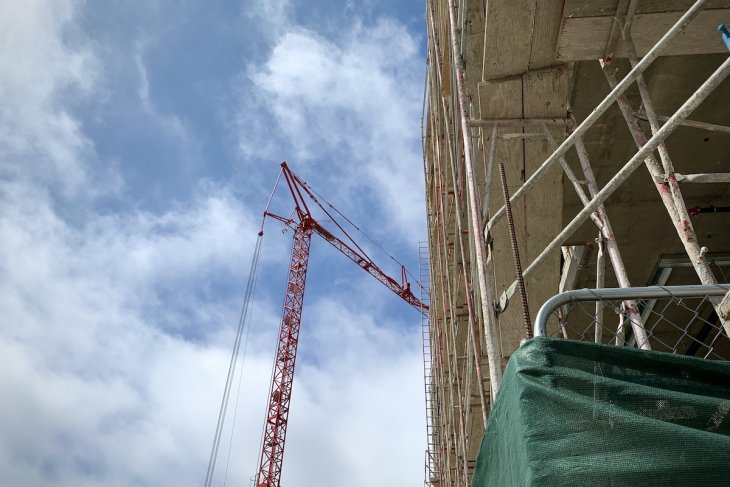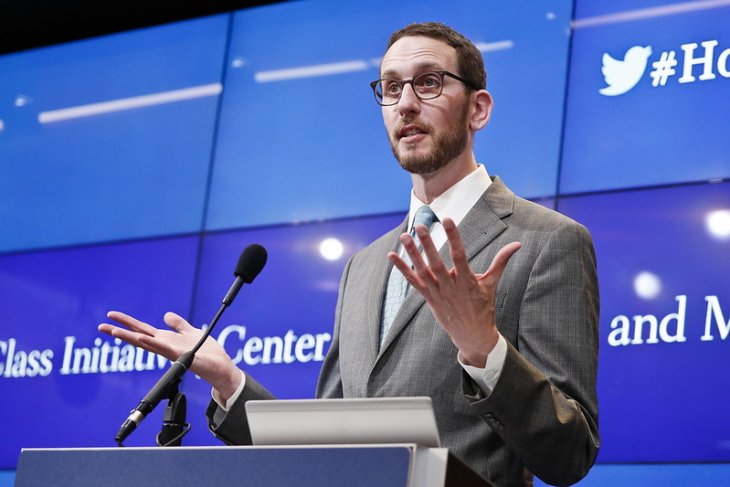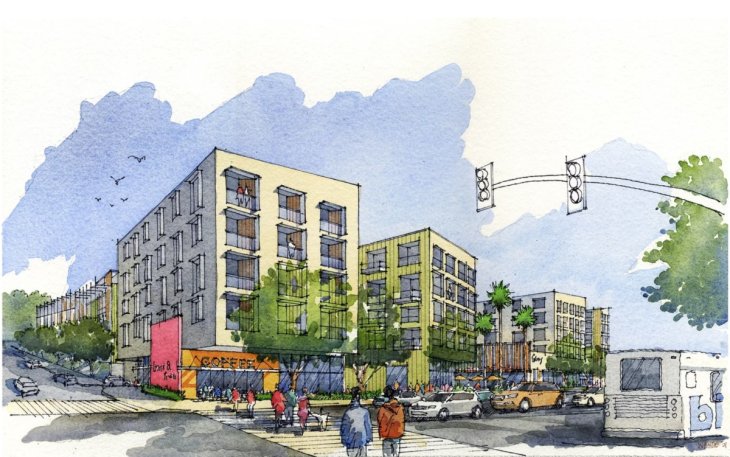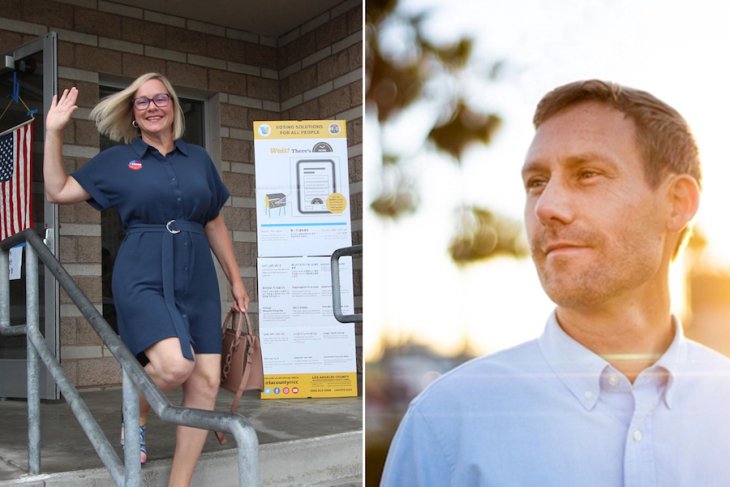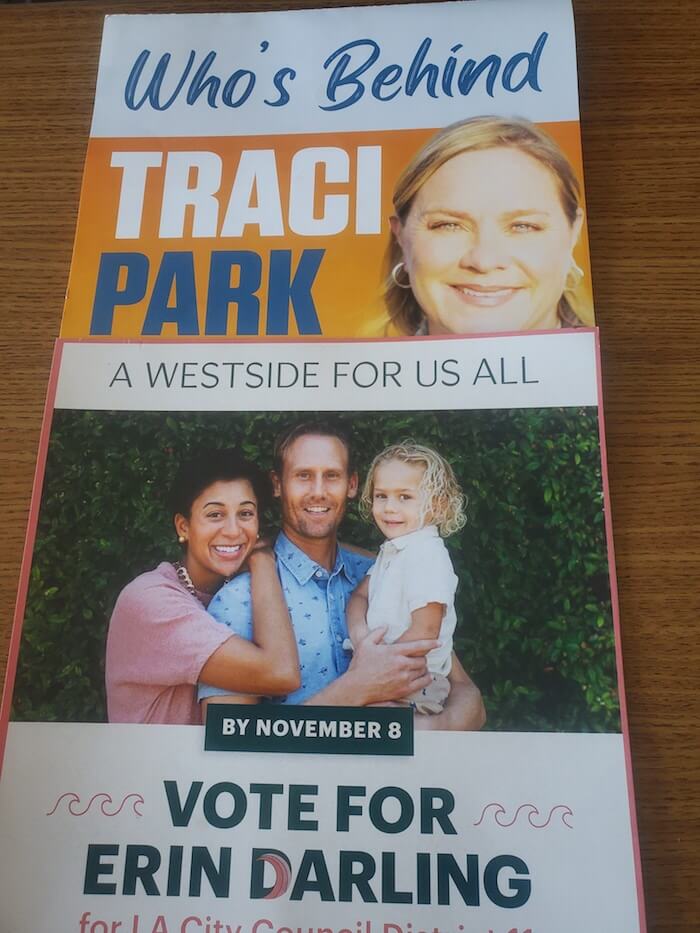By Tom Elias, Columnist
In some parts of California, there is definitely a housing crunch: small supplies of homes for sale, prices that escalate even when population has apparently stabilized and high prices that exclude most Californians as buyers.
But a massive, multi-million-unit shortage? Maybe not. At least, so suggests a scathing springtime report from the non-partisan acting state auditor.
“The (state) Department of Housing and Community Development (HCD) has made errors when completing its needs assessments because it does not sufficiently review and verify data it uses,” the report deadpanned.
Maybe that’s why as he campaigned in 2018, Gov. Gavin Newsom insisted California would need 3.5 million new housing units within 8 years just to keep up. That would have been more than 400,000 homes, condos and apartments every year, all supposedly getting snapped up as increased supply caused prices to fall.
None of this has happened. Housing construction never has topped 110,000 units per year during Newsom’s tenure, and a good share of those stand vacant. Newsom’s administration now says California needs 1.8 million new homes by 2030, a huge drop in his needs assessment after less than four years. What happened to the other half of what Newsom said was needed? Maybe the need never existed.
Those earlier numbers stemmed in part from expert estimates that California’s high growth would continue indefinitely. We now see that is not automatic. Fewer newcomers mean less need for new homes.
But the auditor’s report suggests even the 1.8 million housing units Newsom now says are needed by 2030 may be a gross exaggeration. One look at all the vacancy signs on apartment buildings and condominiums in major cities informally suggests this. But HCD does not lower its estimates of need.
The department’s regional need figures, in turn, produce threats of lawsuits from appointed state Attorney General Rob Bonta against city after city, demanding they grease development permits for hundreds of thousands of new units. The demand against Los Angeles, for example, is that it immediately OK about 250,000 new units. It’s as if Bonta has not seen the auditor’s report indicating the figures he uses are flawed. If he hasn’t read it, he is incompetent. If he has, he is dishonest.
How real are the numbers on which the estimates and the resulting legal threats rest? Here’s a bit more of what Auditor Michael S. Tilden reported in a dramatic document so far studiously ignored by politicians:
“HCD does not have adequate review processes to ensure that its staff members accurately enter data that it uses in the needs assessments.”
Which means leading state officials continually spout unsubstantiated, possibly phony, estimates of housing need. This should discredit any lawsuits Bonta threatens against cities.
For the auditor’s finding means the state housing agency estimates have no proven basis.
All this is vital to California’s future because the estimates are already forcing cities to approve much more housing than they need, reacting to lawsuit threats and the possible accompanying loss of millions in state grant money.
That, in turn, could produce future slums, or at least thousands of future short term rental and temporary corporate housing units. But it won’t help prospective home buyers get into markets where the median price now tops $800,000, in part because construction of just one average California unit costs more than $500,000.
The auditor in effect says that when Newsom and Bonta cite housing need figures, they essentially spread fake news.
For sure, when the state bases policy on unreliable or imagined information, it can do great harm. Just that appears likely soon, as passage of laws like the densifying 2021 measures known as SB 9 and SB 10 rested completely on HCD’s unsound information.
Far better would be for the state to concentrate instead on making housing out of converted office space vacated during the pandemic. That, at least, would not ruin any current neighborhoods.
In short, California will suffer irreparable long term harm if it keeps basing housing policy on false or unreliable information.
Email Thomas Elias at tdelias@aol.com. His book, “The Burzynski Breakthrough: The Most Promising Cancer Treatment and the Government’s Campaign to Squelch It,” is now available in a soft cover fourth edition. For more Elias columns, visit www.californiafocus.net




